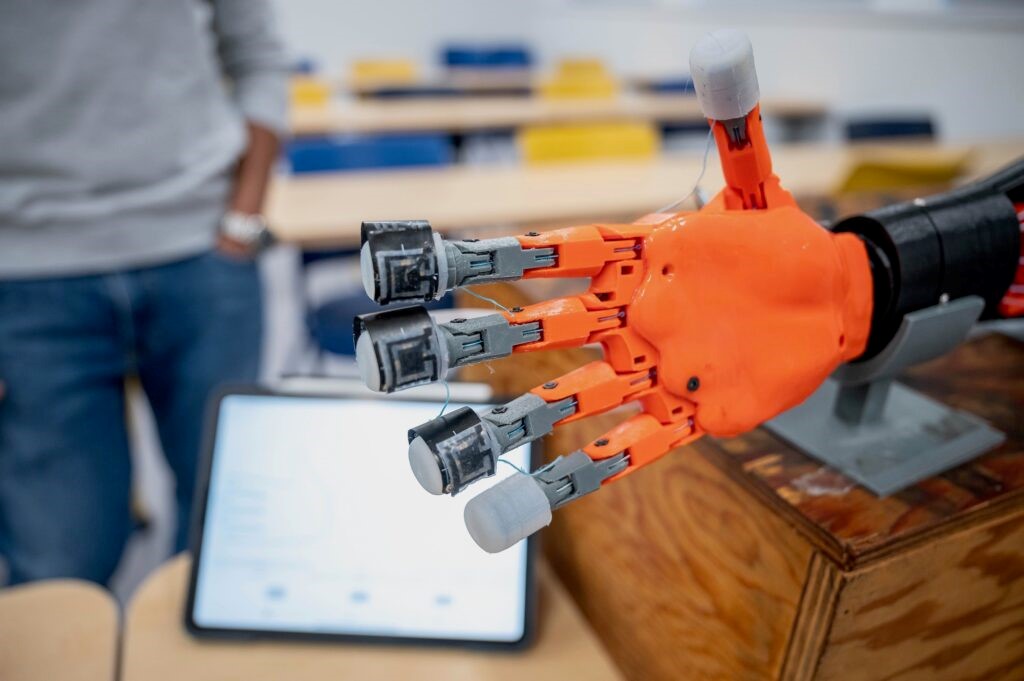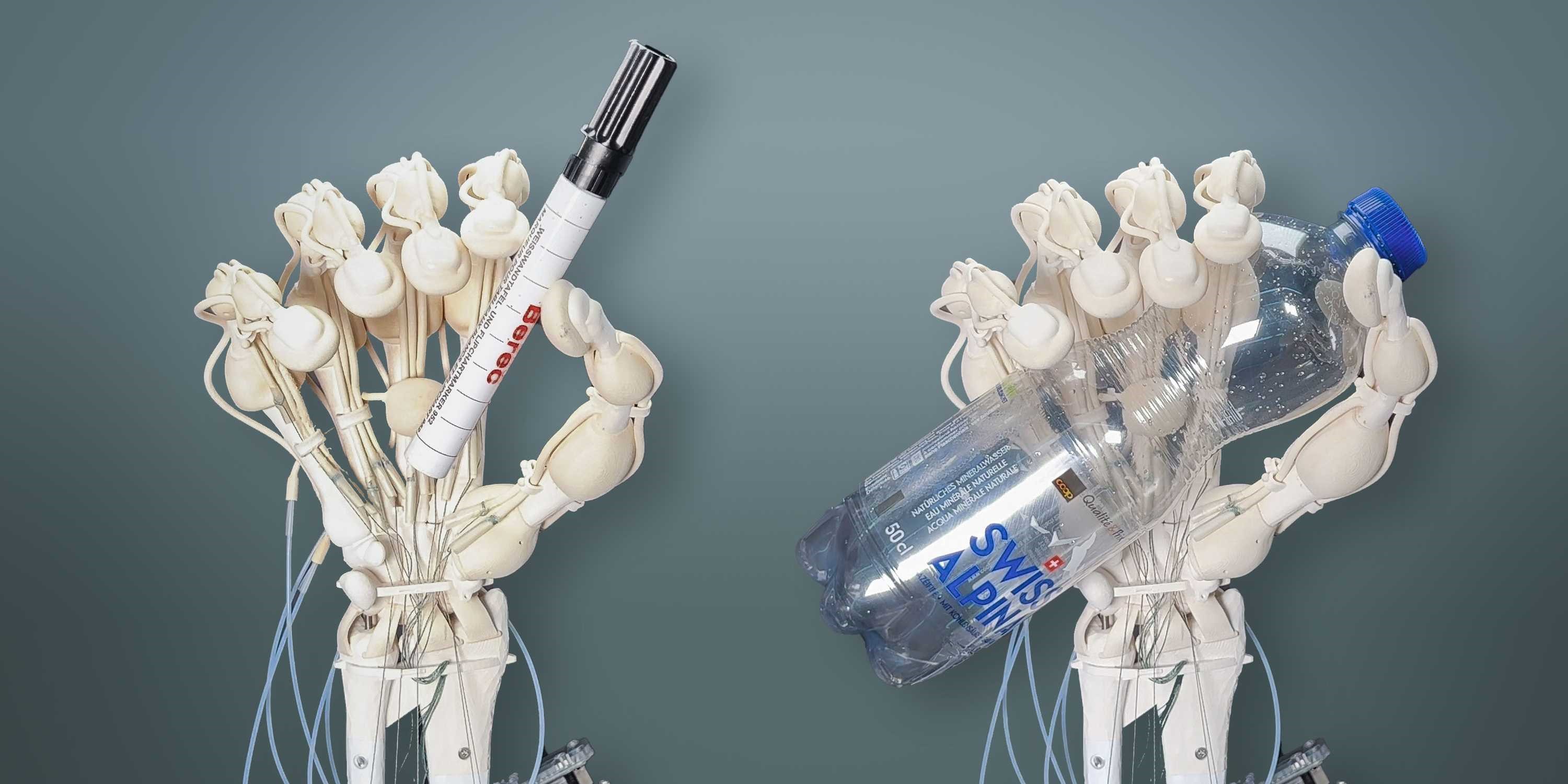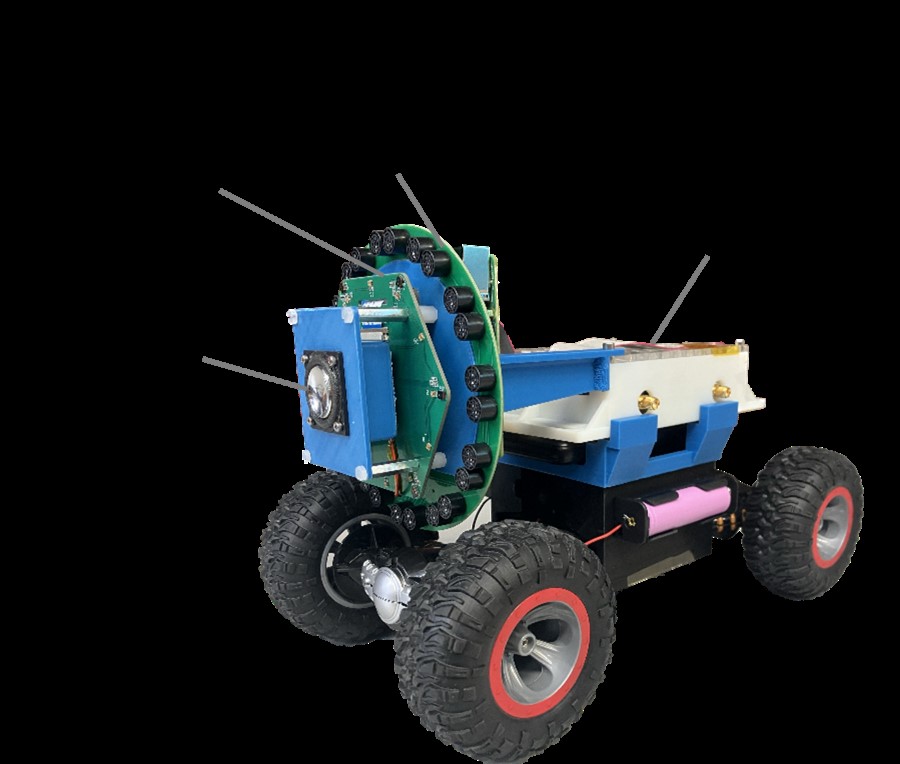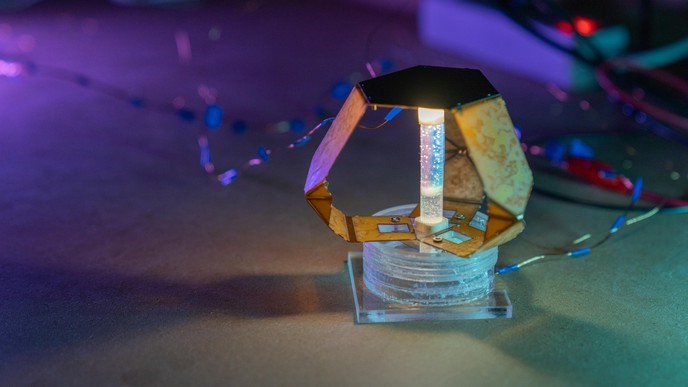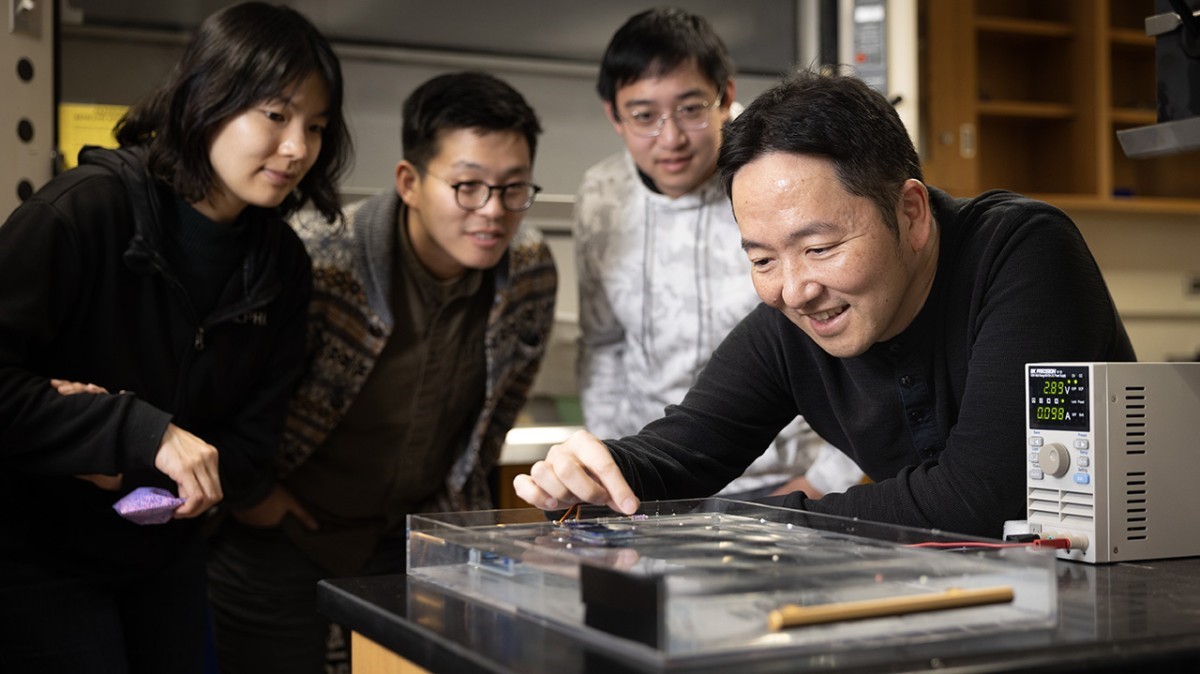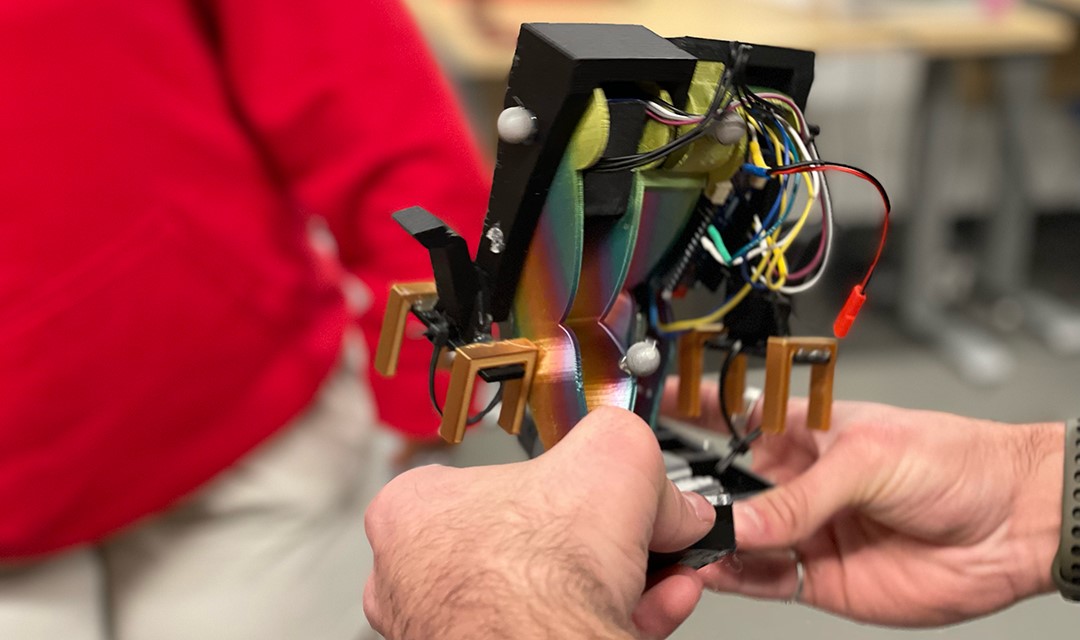Robotic Chemist Discovers How to Make Oxygen from Martian Minerals
A chemist robot, operating autonomously in a laboratory, has successfully identified and developed an oxygen-producing catalyst from minerals present in Martian meteorites. This breakthrough suggests a potential method for generating oxygen on Mars to support astronauts in the future.
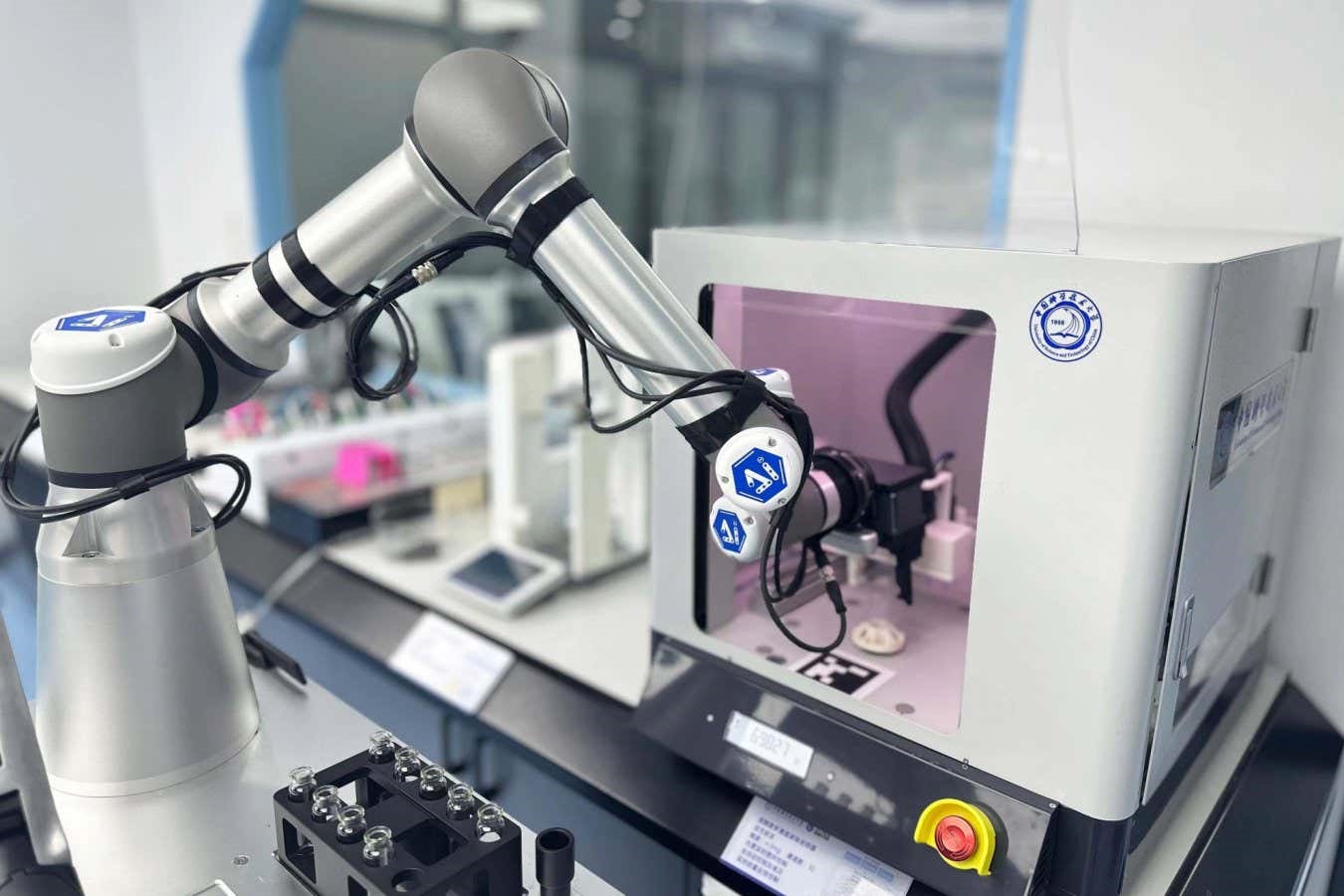
Figure 1.Robotic Chemist Discovers How to Make Oxygen from Martian Minerals
Figure 1 shows Robotic chemist discovers how to make oxygen from Martian minerals Given the high cost of sending supplies from Earth to a Martian colony, utilizing Mars's natural resources becomes an attractive option. However, this is challenging due to the limited availability of elements on Mars compared to Earth. Yi Luo and a team at the University of Science and Technology of China in Hefei have created a fully automated robot chemist. Using a high-powered laser, the robot analyzed the chemical composition of five Martian meteorites, identifying six significant elements: iron, nickel, calcium, magnesium, aluminum, and manganese. This development opens up possibilities for producing essential resources, such as oxygen, directly from Martian materials.
Yi Luo explains that on Earth, the chosen six elements may not be the optimal ones for the catalyst, but due to limited choices on Mars, they become essential. Martian elements offer over 3.7 million possible combinations, a task that would take more than 2000 years to manually test if each round took around 5 hours. To expedite the process, the robotic chemist employed artificial intelligence. Rather than manually examining every combination, the AI predicted the most effective combination of elements for an oxygen-producing catalyst. Subsequently, the robot generated and tested over 200 catalysts, utilizing a briny solution and carbon dioxide as the raw materials. This innovative approach significantly accelerates the exploration of potential catalysts, streamlining the identification of optimal solutions for oxygen production on Mars.
The robotic chemist eventually identified a catalyst comparable to the best catalysts on Earth from a decade ago, according to Yi Luo. This catalyst can operate at temperatures as low as -37°C (-35°F), similar to Mars conditions, and sustain continuous operation for over six days. Luo and his team calculated that a room on Mars, measuring 3 meters high and 100 square meters in area, equipped with this catalyst on its ceiling, could generate oxygen levels equivalent to Earth's in approximately 15 hours.
Ross King from the University of Cambridge acknowledges the significant achievement in getting the robot to work cohesively. While designing materials on Earth and transporting them to Mars might still be more straightforward in some cases, King suggests that autonomous robot chemists could prove crucial for exploration farther into the solar system, especially in regions where communication is challenging.
Source: NewScientist
Cite this article:
Janani R (2023), Robotic Chemist Discovers How to Make Oxygen from Martian Minerals, AnaTechMaz, pp. 6





